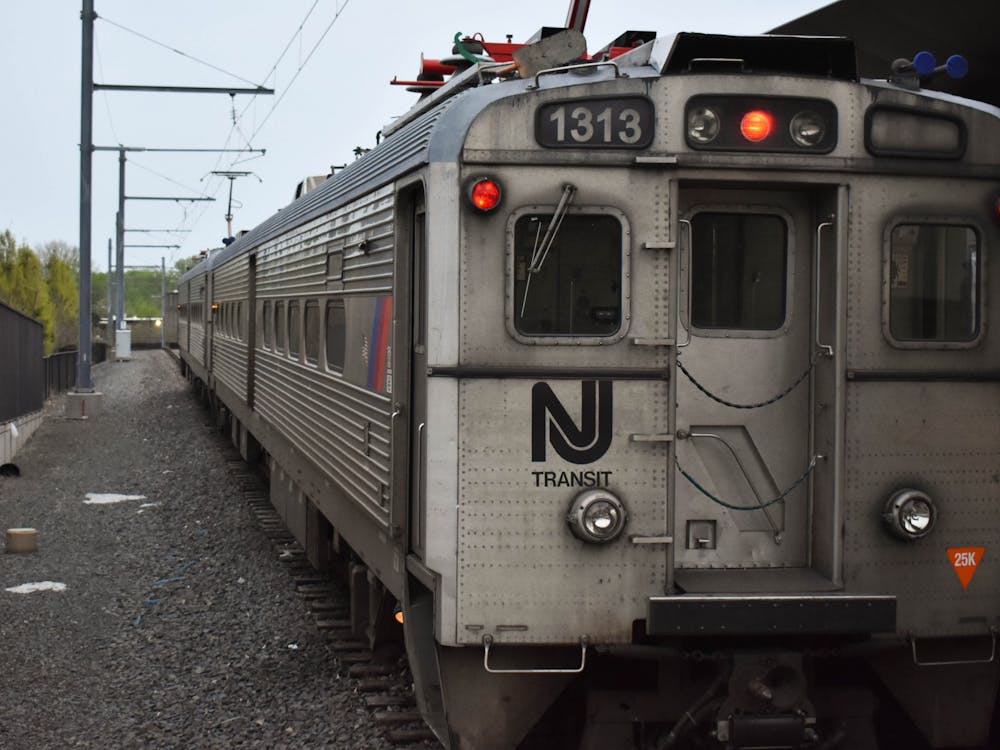In spite of what all past experience was telling me, I had some semblance of excited anticipation for the crowd. I thought that with the lenses of the national sports media turned squarely on our campus, a sizable contingent of students would gather to support our football team. A quick survey of the stadium upon arrival, however, immediately dashed this hope. The "student section" consisted of 60 to 70 quietly enthusiastic orange-garbed students (most of whom were freshmen) and three slightly louder guys who had taken full advantage of the opportunity to get painted up. Despite the best efforts of the cheerleaders and the band to create some fervor in the crowd, the general quiet of the stadium was rather disappointing and embarrassing.
The question that must be asked, then, is why no one goes to the games. The most common excuse I hear from students is that "the team is bad." Granted, coming off a 9-1 Ivy League championship-winning season two years ago, the last two seasons of mediocre records are disappointing. But at a university that puts so much stock in its traditions, this excuse falls flat; after all, our football team was a participant in the first-ever intercollegiate football game. The loyalty and school spirit personified by alumni fans in Reunions-esque suits should always overcome whatever deterrence is caused by the team's performance.
There is another possible explanation for the sparse attendance: We seem to have forgotten the point of tailgating. Sure, the consumption of beer and various grilled meats is a thoroughly enjoyable activity, but it alone does not comprise the art of the tailgate. All the revelry that takes place on the field outside the stadium is meant to bolster the revelry that follows while watching the game. The tailgate and the game are supposed to be inextricably linked, yet we have managed to completely remove one from the other by tailgating way too late. This scheduling flaw forces students to choose food and drink or football, a conflict the former will win every time. But it is unclear whether tailgaiting is the cause or merely a symptom: The tailgate conflicts with the game so we don't watch, or we don't care about going to the game and thus allow the conflict to exist.
There's a vicious circle where going to a game isn't fun because no one is there, and no one is there because the game isn't fun. The only way to escape this cycle of dwindling attendance is to artificially create interest in and enthusiasm for the game. The USG did a decent job this weekend by giving away pizza and some nifty Expand-o-Banners, and it worked to some extent, as the student section was admittedly a bit bigger than that of previous games this season. But one weekend of giveaways is not going to suddenly change things. These efforts need to be made on a consistent basis, slowly building the crowds up and making the games more fun.
The other necessary change is moving up the tailgate. Until this appealing alternative activity is removed, people are not going to the game. An earlier tailgate is theoretically more likely to fizzle out as the game begins, giving the tailgaters little choice but to attend the game. Having a significant group of more intense fans in the student section can only serve to boost the crowd's enthusiasm, making the game more enjoyable for everyone.
With these changes, the aforementioned vicious circle can be stopped. People will actually attend the game because of the prospect of free stuff or the lack of a concurrent tailgate. The increase in people will make the games more fun, which will only serve to further increase attendance. Eventually, being a Princeton football fan will again be something to be proud of, and that is something everyone can cheer.
Peter Schmidt is a freshman from Chevy Chase, Md. He can be reached at plschmid@princeton.edu.







